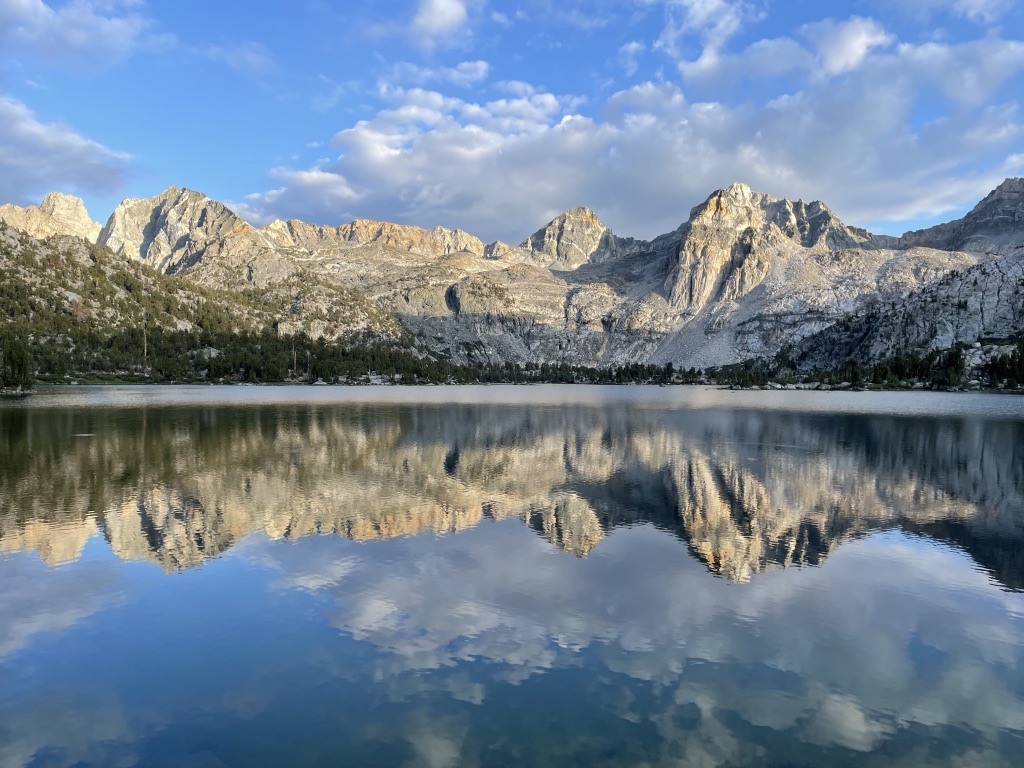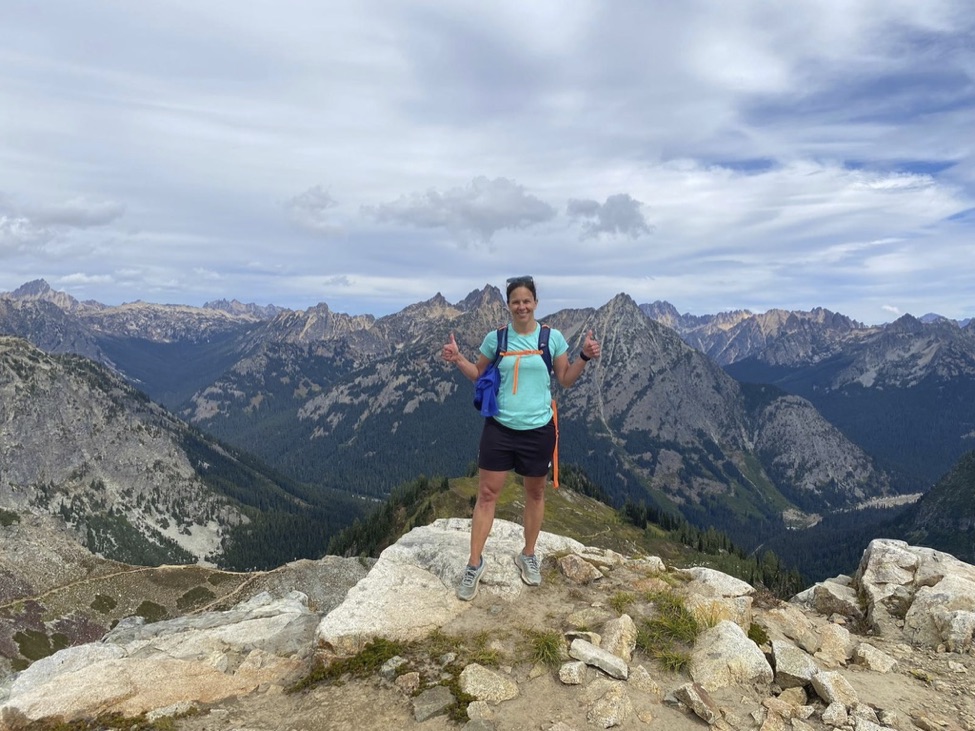Getting Ready for Hiking Season

By Dr. Suzanne Soine
It’s that time of year where skiing is in full swing and many are looking forward to spring and hiking season. Hiking is a very popular activity here in Washington and can be challenging at the beginning of the season without proper training or easing into the sport. I greatly enjoy hiking and I want to pass on some of what I and others do to reduce the risk of injury.
Depending on how fit you are, it’s best to start training 4-8 weeks prior to your first time out hiking. The focus of training should be on aerobic fitness, strength and balance. Always consider building up mileage and elevation slowly at the beginning of the season, especially if you haven’t been very active during the winter. Common areas of injury and problems associated with inadequate conditioning are patellar pain (knee cap), ankle sprains, general muscle soreness, loss of balance/falling, easily winded, and shoulder pain (due to inadequate fitting of back packs and shoulder/upper back strength).
Making it to the gym isn’t always easy so therefore I wanted to provide some easy exercises to do at home to help you start getting into hiking shape.
- Squats– 3 sets of 10-15 reps
- Progress squats with dumbbells or kettle bells or jumping squats
- A variation for leg strength and trunk stability would be a squat with an overhead press starting with light dumbbells and building weight as tolerated
- Step ups– 10x each leg, 2-3 sets
- Progress with weights in hands or hiking backpack on when performing step ups
- Step downs– 10x each leg, 2-3 sets
- Progress with weights in hands or hiking backpack on when performing step downs
- Lateral lunge or lateral reach off of 6” step – 10x each leg, 3 sets
- Side planks – 30 – 60 second holds each side, 3 sets
- knees down variation or knees up, on sides of feet
- Single leg stance – 30-60 seconds on each leg, 3 sets
- Progress to a forward T or single leg RDL
- Another variation is single leg stance with side bend of trunk with medicine ball or light weight
Not all exercises are appropriate for everyone and this list isn’t extensive by any means. It’s an assortment of exercises to get you started if you feel comfortable. If you do not feel confident or comfortable with these exercises seek help from a physical therapist for proper form and control and dosing. Stride physical therapists are always looking to help folks meet their goals as well as help people return to their passions after injuries, illnesses and other impairments.
Generally speaking I would suggest strength training 2-3 days a week and cardio such as urban walking, cycling, elliptical, or running 3 days a week.
Top hikes in the greater Seattle area (a few on my list):
- Maple Pass Loop Trail – great views, larches present in fall
- Blanca Lake – beautiful glacier fed lake
- Colchuck Lake – but not on a weekend
- Mt. Pilchuck – stunning views
- Blue Lake – great reward with not too much distance or challenge
- Bridal Veil Falls and Lake Serene – incredible waterfall and continue on to stunning lake
- Enchantments – my most challenging hike in one day but better to camp and have a few days to enjoy these amazing views (permit by lottery)
Other hiking preparedness blogs from Stride:
Stride Physio has had a few other blogs that may be applicable to your hiking needs to reference:
For footwear/equipment concerns please see our prior blog: https://strideseattle.com/happy-feet-get-the-most-out-of-your-hikes-this-summer/
For some cues on wilderness safety please see our prior blog: https://strideseattle.com/wilderness-safety/
Hopefully some of this information has been useful for you and if you have any questions please reach out to me at soine@strideseattle.com Happy Hiking!

